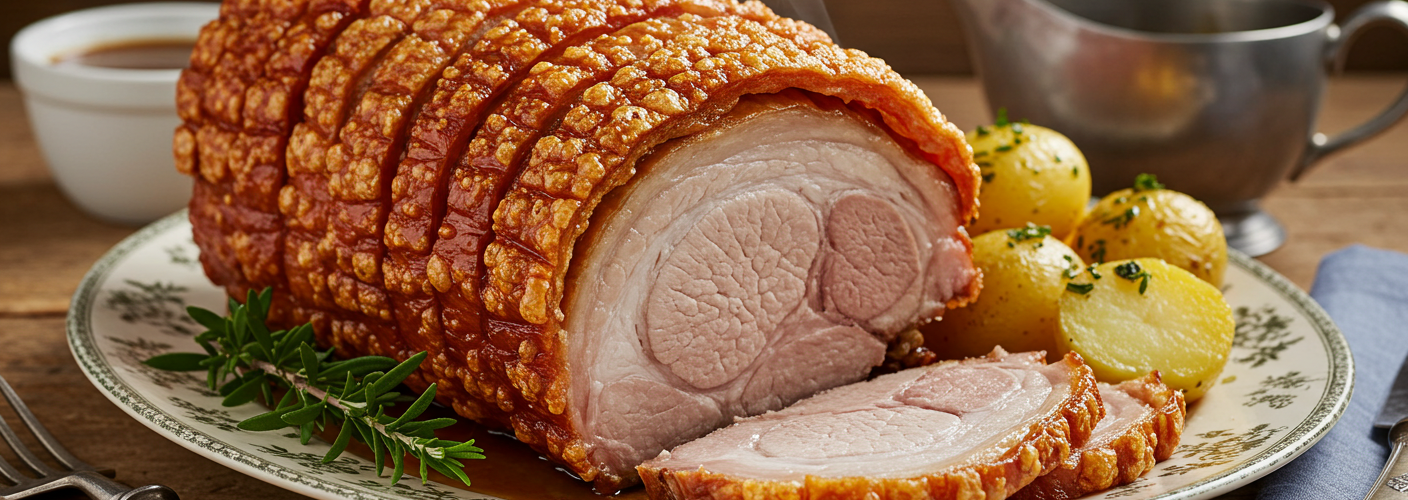When one thinks of Danish cuisine, the term “Flæskesteg” immediately comes to mind, and for good reason. This traditional dish—roast pork with crackling—has played a significant role in Denmark’s culinary culture for centuries. Celebrated for its crispy skin and juicy, tender meat, Flæskesteg is a staple at festive gatherings, particularly during Christmas, yet it can be enjoyed on any occasion.
At its core, Flæskesteg is made from a boneless piece of pork, often the loin or the belly, marbled with a rich layer of fat. This fat is crucial to achieving the iconic crackling that defines the dish. The cooking process is a labor of love, typically involving a slow roast to allow the meat to develop wonderful flavors while ensuring the skin becomes perfectly crispy. A well-prepared Flæskesteg boasts a harmonious contrast between the savory, tender meat and the satisfying crunch of crackling.
To prepare Flæskesteg, the first step is to score the skin of the pork in a crisscross pattern, ensuring not to cut into the meat. This scoring allows the fat to render during cooking, which contributes to that coveted crackling. The skin is then generously salted, enhancing the flavor and helping to draw moisture away, further crisping the skin. Some cooks choose to rub the meat with a blend of spices, such as garlic, thyme, or bay leaves, adding an aromatic touch to the roast.
Traditionally, Flæskesteg is roasted at a high temperature initially, which helps in forming the crackling. After several minutes of intense heat, the temperature is lowered to allow the meat to cook through gently. The optimal internal temperature should reach about 70 degrees Celsius (158 degrees Fahrenheit), ensuring that it is thoroughly cooked yet remains juicy.
Accompanying the Flæskesteg is just as important as the roast itself. A classic Danish meal would not be complete without the traditional sides. Potatoes, often boiled or roasted, are a common accompaniment, served in their skins for added flavor. Additionally, red cabbage sautéed with apple and spices provides a sweet and tangy contrast to the rich pork. Many enjoy drizzling the roasted meat with a thick brown gravy made from the pan drippings, amplifying the dish’s umami richness.
The enduring popularity of Flæskesteg can be attributed to its nostalgic ties to Danish heritage. Families come together around the dinner table with this dish during the holiday season, sharing stories and creating cherished memories. The act of preparing Flæskesteg can also become a communal activity, with everyone helping in the kitchen to create this beloved meal.
In conclusion, Denmark’s Flæskesteg—roast pork with crackling—is not simply a dish; it embodies the spirit of Danish culinary tradition. It brings together family and friends over flavors that resonate with comfort and joy. Whether enjoyed during the Christmas festivities or on a cold evening in midweek, Flæskesteg stands as a proud representation of Denmark’s rich food heritage. So, if you’re seeking to dive into authentic Danish cuisine, make sure to include this delightful roast in your culinary adventures. Your palate will thank you!




Add comment